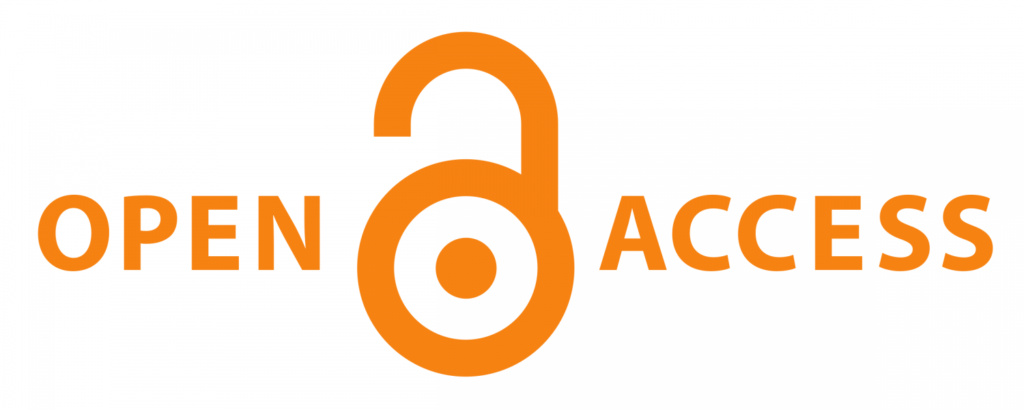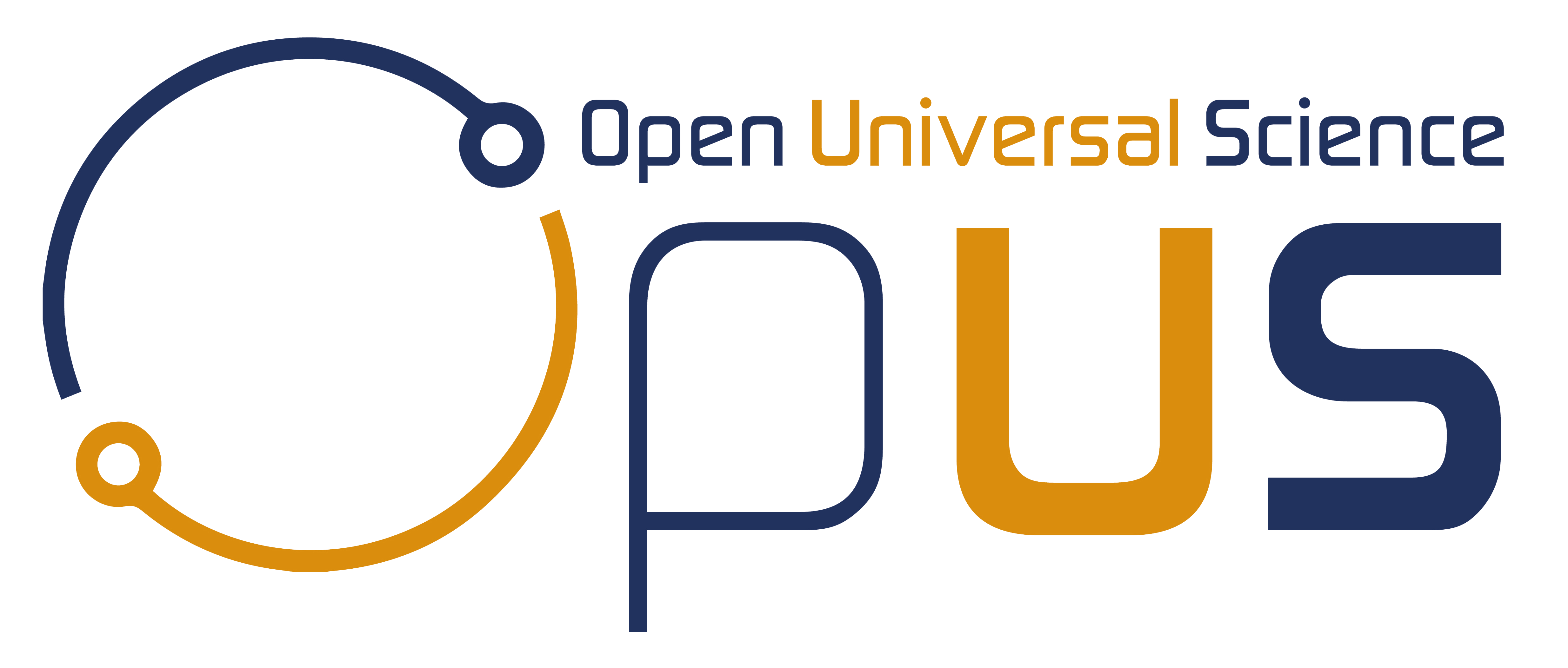
Navigating the Digital Treasure Trove: A Guide on How to Find and Collect Open Access Data
Navigating the Digital Treasure Trove: A Guide on How to Find and Collect Open Access Data https://opusproject.eu/wp-content/uploads/2023/10/open-access-logo-png-transparent-1024x410.png 1024 410 Open and Universal Science (OPUS) Project Open and Universal Science (OPUS) Project https://opusproject.eu/wp-content/uploads/2023/10/open-access-logo-png-transparent-1024x410.pngIn today’s information age, data is often referred to as the new oil. The availability of vast quantities of data has revolutionized research, business, and decision-making across various fields. But what if you’re a researcher, student, or enthusiast looking for free and open data to support your projects? That’s where open access data comes into play. In this article, we will explore how to find and collect open access data, offering insights on where to look and how to make the most of this valuable resource.
What Is Open Access Data?
Open access data refers to datasets, databases, or collections of information that are freely available to the public, typically under open licenses. This means you can access, use, modify, and share these data without any legal or financial constraints, promoting transparency and innovation. Finding and collecting open access data can greatly enhance your research, analysis, or creative endeavors.
- Government and Institutional Repositories
One of the primary sources for open access data is government and institutional repositories. Many government agencies, research institutions, and universities maintain digital libraries filled with valuable datasets. Examples include:
- Data.gov: A U.S. government initiative that offers access to a vast array of datasets, covering topics like climate, healthcare, and education.
- European Data Portal: This platform provides access to a wealth of European Union-related data on topics such as agriculture, energy, and transportation.
- University Libraries: Explore the websites of universities and research institutions to find datasets related to academic projects or research conducted by faculty members.
- Open Data Portals
Numerous organizations and communities have created dedicated open data portals to aggregate datasets from various sources. These portals serve as central hubs for discovering open access data. Some popular options include:
- OpenData.gov: The U.S. government’s open data portal provides datasets from federal, state, and local agencies on topics ranging from economics to public safety.
- Datahub: Operated by the Open Knowledge Foundation, Datahub offers a vast collection of open datasets from various domains.
- Kaggle: Although known for its data science competitions, Kaggle also provides a platform for sharing and discovering datasets on a wide range of subjects.
- Academic Journals and Publications
Scholarly articles often include references to the datasets used in the research. Journals and publications that support open science principles may offer links to the datasets used in the study. Additionally, some repositories specialize in hosting datasets associated with academic papers.
- Harvard Dataverse: An open-source web application developed by the Institute for Quantitative Social Science at Harvard University, Dataverse allows researchers to share, publish, and manage their data.
- Dryad: This digital repository provides a platform for researchers to store and share data associated with scientific publications.
- Open Government Initiatives
- International Initiatives: Organizations like the Open Government Partnership (OGP) promote transparency and open data at a global level. Countries participating in the OGP commit to providing open access to government data.
- Local Initiatives: At the local level, municipalities and city governments also participate in open data initiatives. Check your local government’s website for data sets related to topics such as public transportation, urban planning, and demographics.
Many governments around the world are actively involved in open data initiatives, ensuring public access to datasets generated through taxpayer funding. These initiatives aim to foster transparency, accountability, and innovation.
- Social Media and Online Communities
Online communities and social media platforms can be surprisingly useful for discovering open access data. Researchers and data enthusiasts often share valuable resources and datasets through these channels.
- Reddit: Subreddits like r/datasets and r/opendata are vibrant communities where users share datasets, discuss data sources, and seek advice.
- Twitter: Search for relevant hashtags like #OpenData and #DataScience to discover datasets and valuable discussions.
- Data Repositories and Search Engines
Several data-specific search engines and repositories are designed to facilitate the discovery of open access datasets.
- Google Dataset Search: Google offers a dedicated search engine for datasets, helping users find publicly available data from a variety of sources.
- Data.gov.uk: The UK government’s open data portal offers a wealth of datasets, searchable by keywords or categories.
- Zenodo: This repository allows researchers to share datasets, code, and other research outputs across different scientific disciplines.
- Crowdsourced Data
Crowdsourced data platforms are rich sources of information collected by individuals or groups of people. Platforms like Wikipedia, Wikimedia Commons, and OpenStreetMap provide extensive datasets that are openly accessible and frequently updated.
Collecting and Using Open Access Data
Once you’ve identified a source of open access data that matches your needs, the next step is to collect and use the data effectively:
- Download or Access the Data: Most open access data sources provide direct download links or access instructions. Follow the provided guidelines to obtain the datasets.
- Understand the Data: Carefully read the data documentation or metadata provided with the dataset. This information explains the structure, format, and variables within the data, ensuring you use it correctly.
- Data Cleaning and Preprocessing: Depending on the dataset, you may need to clean and preprocess the data to remove inconsistencies or irrelevant information. Data cleaning is a critical step to ensure the data’s quality and accuracy.
- Analyze and Visualize: Utilize data analysis and visualization tools to extract insights from the dataset. Techniques such as data mining, statistical analysis, and machine learning can help uncover valuable patterns and trends.
- Attribution and Citation: When using open access data in your research, be sure to provide proper attribution to the source. Cite the data and any associated publications according to the guidelines of the dataset provider.
- Share Your Work: If you conduct research using open access data and produce valuable insights or analysis, consider sharing your findings with the community by publishing your work, sharing your code, or releasing the results as open data.
Harvesting Insights
Open access data is a valuable resource that empowers researchers, students, and enthusiasts to explore, analyze, and innovate. By leveraging government initiatives, open data portals, academic publications, and online communities, you can uncover datasets on a wide range of topics. When using open access data, it’s essential to ensure that you respect licensing and citation guidelines while contributing to the spirit of open science.
Whether you’re working on a research project, pursuing personal interests, or simply satisfying your curiosity, open access data is an indispensable asset that can unlock a world of knowledge and insights. With the right tools and resources, you can dive into the digital treasure trove of open access data and harness its potential for your own endeavors.
Photo via Open Access
- Posted In:
- Open Science News




